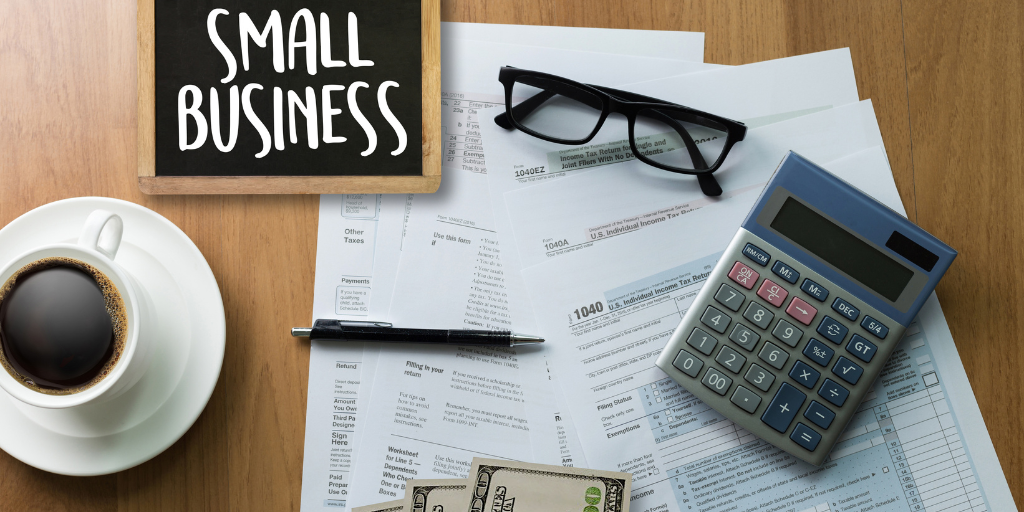Every small business owner knows the stress of meeting payroll and paying vendors. Indeed, 82% of small businesses that fail do so because of poor cash flow. It’s no wonder that owners may hesitate about spending money on a time clock for their small business. The truth is that the ROI on the one-time investment in a quality time clock will improve a small business’s cash flow.
By automating your time and attendance data collection, you’ll get more accurate employee attendance data. The result of having more accurate attendance data is having more accurate payroll. A time clock eliminates time theft in the form of over-reporting hours worked. Often, employees don’t mean to steal time, but having to backfill a time sheet takes time and inevitably includes errors. A time clock tracks work time down to the minute, which means using a time clock for a small business saves money by not overpaying for time not worked.
(For more in-depth information on minimizing employee absenteeism, check out our free Attendance Policy guide).
Calculating the cost of payroll clerical errors
According to the American Payroll Association, clerical errors cost an average of anywhere from one to eight percent of total payroll. Let’s work that out for a typical fast food franchise owner. The average fast food restaurant has 15 employees at a median pay of $8.22 per hour. Since many fast food employees work part-time, let’s say the restaurant has the payroll equivalent of 10 full-time employees (FTEs) for a daily work hours total of 80 hours (10 FTEs * 8 hours).
Now we’ll be generous and work out the costs of clerical errors at 3% of total payroll, fairly middling between the APA’s one to eight percent. The total payroll for the 10 FTEs for one pay period at full capacity is $7233.60 (80 FTE hours / day * 11 days in the pay period * $8.22 per hour). With a 3% error rate, this restaurant is overpaying $217 per pay period. That’s a wasted $5208.19 every year.
You can purchase the best time clock for your small business for well under $5000 and should be an investment you only need to make once every 10 years if you select the right one. (You can learn more about how to select a durable time clock here.)
But your restaurant uses punch cards – not manual time sheets!
That’s what you’re thinking, right? It doesn’t matter. Somebody still has to review the physical time card, assess its accuracy and enter the data into your payroll system. You think there aren’t any errors being made during this time process? Of course there are!
In addition to the inevitable data entry errors, your small business is also paying in admin time to process payroll and to correct payroll errors. Research by the APA has found that it takes five to six minutes to total and audit each punch card, so that’s an hour of somebody’s day every day. It also determined that companies typically spend 100 wasted effort hours on manual payroll per every 25 FTEs. That works out to 40 wasted effort hours for our fast food franchisee.
Last line of admin and employee morale costs
Employees may or may not let you know when they’ve been overpaid. They’ll certainly let you know when they’ve been underpaid. While you labor under the high payroll error rates inherent in manual and punch-card time keeping, you will have to invest more admin time correcting those errors (the APA estimates 10.5% of all payroll processing time is spent resolving errors). Then there’s the cost of low employee morale and tension between employees and owners when workers don’t get their due pay.
When we add all extra costs to the running tab of wasteful payroll costs, you can start to understand just how much a time clock for your small business can ease your cash flow and save you money.
Check out our Blog for more information on how Time and Attendance terminals can help improve your business.




